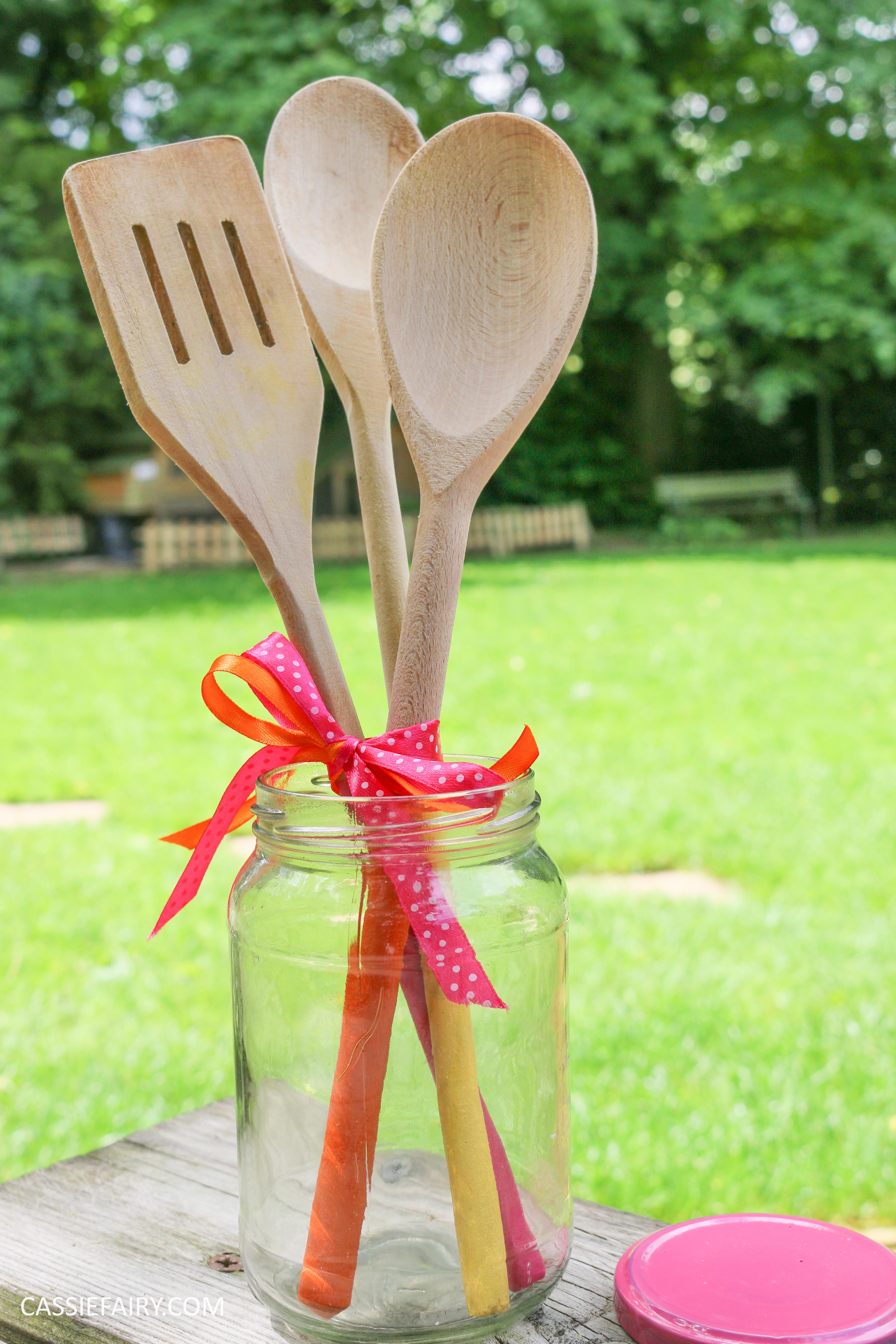DIY Chateau Renovation: A Step-by-Step Guide

Table of Contents
Assessing the Chateau: The Foundation of Your Renovation
Before you even think about paint colors or flooring, a thorough assessment is paramount for a successful DIY chateau renovation. This involves two crucial stages: structural inspection and utility assessment. Ignoring these steps can lead to costly mistakes and unforeseen delays later in the project.
Structural Inspection: Identifying Potential Problems
A thorough structural survey is the cornerstone of any chateau renovation. This detailed inspection should identify potential problems before they become major headaches (and expenses!). It involves:
- Identifying structural weaknesses: Look for cracks in walls, floors, and ceilings; signs of water damage (damp patches, mold); and evidence of pest infestations (termite damage, rodent burrows).
- Roof assessment: Evaluate the condition of the roof tiles, the underlying beams (checking for rot or insect damage), and the insulation. A leaky roof can cause significant structural damage.
- Foundation evaluation: Assess the stability of the foundation, checking for settling, cracks, or signs of movement. A compromised foundation needs immediate attention.
- Professional expertise: Hiring a qualified structural engineer is absolutely essential. They will provide a comprehensive report detailing the chateau's structural integrity and recommend necessary repairs.
Utility Assessment: Understanding Existing Systems
Understanding the existing utilities is crucial for planning your budget and timeline. This assessment should cover:
- Plumbing and electrical systems: Inspect the condition of all plumbing pipes and electrical wiring. Older chateaus often have outdated and potentially unsafe systems requiring complete overhauls.
- Water, sewage, and electricity: Determine the availability and capacity of these essential services. You may need upgrades to meet modern standards or increased demand.
- Necessary upgrades: Plan for potential upgrades to meet building codes and modern standards. This could include installing new plumbing fixtures, rewiring the entire house, or updating the septic system.
- Professional consultation: Consult with qualified electricians and plumbers to accurately assess the condition of your systems and get accurate quotes for necessary work.
Budgeting for Your Chateau Renovation: Planning for Costs
Realistic budgeting is critical for a successful DIY chateau renovation. Underestimating costs is a common pitfall. Consider these key aspects:
- Material costs: Factor in the high cost of period-appropriate materials and restoration supplies. Authentic materials can be expensive, so be prepared!
- Labor costs: While this is a DIY project, you'll likely need to hire skilled tradespeople for specialized work like electrical work, plumbing, and complex structural repairs. Budget accordingly.
- Contingency funds: Unexpected issues will almost certainly arise. A minimum of 10-20% of your total budget should be set aside for unforeseen repairs and expenses.
- Financing: Secure financing options early in the process. This could involve securing a loan specifically designed for home renovations.
Planning Your DIY Chateau Renovation: Phase by Phase
A well-structured plan is essential for managing the complexity of a chateau renovation. This involves prioritizing tasks, obtaining necessary permits, sourcing materials, and creating a realistic timeline.
Prioritization: A Strategic Approach
Create a prioritized list of renovations. Focus on essentials first:
- Structural stabilization: Address any significant structural issues identified in the inspection report. This usually includes roof repairs, foundation stabilization, and fixing major cracks.
- Essential utilities: Ensure basic utilities like water, sewage, and electricity are functioning safely and efficiently before tackling aesthetic improvements.
- Phased approach: Break the project down into smaller, manageable phases. This makes the overall project less daunting and allows you to celebrate small victories along the way.
Permits and Regulations: Navigating Legal Requirements
Research local building codes and regulations early in the process. You'll need permits for many aspects of the renovation. Failing to obtain necessary permits can lead to fines or even forced remediation.
- Building permits: These are typically required for structural changes, plumbing and electrical work, and additions.
- Planning permissions: Depending on the scale of your renovation, you may need planning permission from local authorities.
- Consult a professional: Consider consulting with a building consultant or architect to ensure compliance with all regulations.
Sourcing Materials: Finding the Right Supplies
Sourcing materials for a chateau renovation can be challenging.
- Period-appropriate materials: For a historically accurate restoration, finding period-appropriate materials is crucial. This often involves searching antique shops, salvage yards, and specialized suppliers.
- Reclaimed materials: Using reclaimed materials is both environmentally friendly and can add character to your chateau.
- Restoration specialists: Consider contacting restoration specialists for sourcing hard-to-find materials or assistance in restoring existing features.
Project Timeline: Realistic Scheduling
Create a realistic timeline, breaking down the project into smaller phases. This will help manage expectations and maintain momentum.
Executing Your DIY Chateau Renovation: Hands-on Work
This is where the hard work begins! Remember safety is paramount.
Demolition and Clean-up: A Careful Approach
Plan the demolition phase carefully, prioritizing safety and waste disposal.
- Safety precautions: Wear appropriate personal protective equipment (PPE), including dust masks, safety glasses, and gloves.
- Waste removal: Arrange for the proper disposal of demolition waste, adhering to local regulations.
Structural Repairs: Implementing Recommendations
Implement the recommendations from your structural engineer. This might include:
- Reinforcement: Reinforcing weak areas with steel beams or other structural supports.
- Foundation repairs: Addressing foundation settling or cracks.
- Roof repairs: Replacing damaged tiles, beams, and insulation.
Utility Upgrades: Modernizing Systems
Upgrade plumbing, electrical, and other utility systems according to modern standards and building codes.
Interior and Exterior Finishes: Adding the Finishing Touches
Focus on interior and exterior finishing work:
- Flooring: Install new flooring (consider period-appropriate options).
- Plastering and painting: Repair and replaster walls and ceilings, and paint them in your chosen colors.
- Landscaping: Complete exterior landscaping to enhance the chateau's curb appeal.
Conclusion: Realizing Your Chateau Dream
Undertaking a DIY chateau renovation is a significant commitment, demanding both meticulous planning and diligent execution. By carefully assessing the chateau's condition, meticulously planning each phase, and methodically executing the work, your dream of owning a renovated chateau can become a reality. Remember to prioritize safety, budget effectively, and don’t be afraid to seek professional assistance when needed. Start your DIY Chateau Renovation today and transform your dream into a stunning reality!

Featured Posts
-
 Jennifer Lawrence And Cooke Maroneys Recent Outing Photos
May 19, 2025
Jennifer Lawrence And Cooke Maroneys Recent Outing Photos
May 19, 2025 -
 Syntrivi Enatenisis Symvoyles Gia Asfali Odigisi
May 19, 2025
Syntrivi Enatenisis Symvoyles Gia Asfali Odigisi
May 19, 2025 -
 Dealerships Renew Opposition To Mandatory Electric Vehicle Sales
May 19, 2025
Dealerships Renew Opposition To Mandatory Electric Vehicle Sales
May 19, 2025 -
 50 000 Diaper Fund At Stake Mairon Santos Ufc 313 Knockout Plan
May 19, 2025
50 000 Diaper Fund At Stake Mairon Santos Ufc 313 Knockout Plan
May 19, 2025 -
 Starving Artist Wife The Financial Realities Of An A List Marriage
May 19, 2025
Starving Artist Wife The Financial Realities Of An A List Marriage
May 19, 2025
